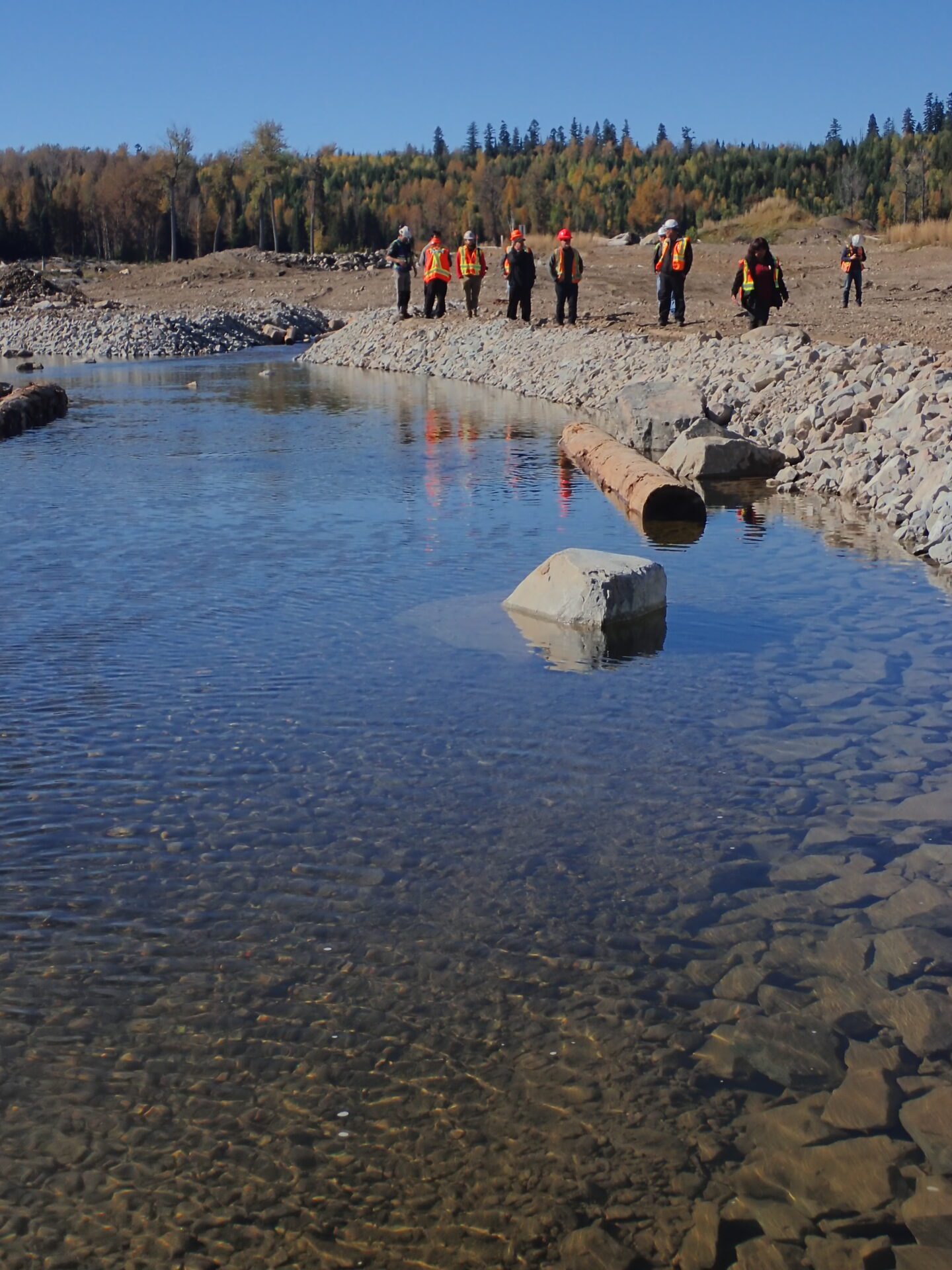Mount Polley Mining Corporation is Pleased that Two Recent Scientific Papers Confirm Mount Polley’s Previously Reported Findings.
Two recently published reports (Granger et al., 2022 and Pyle et al., 2022) provide third party confirmation of Mount Polley’s previously reported findings, which are available on the internet at https://www.imperialmetals.com/…/moun…/technical-reports.
The Granger et al. paper, reported that following the initial high turbidity of Quesnel Lake, the suspended solids mass decreased to within background levels by June 2015 (see also Mount Polley’s 2015 information sheet: https://www.imperialmetals.com/…/2015-11-10_QLWCALO.pdf). Granger et al. studied the movement of the very small percentage of solids (0.3%) that remained in suspension. Granger’s estimates of where those particles went compare very well with the 3-dimensional hydrodynamic model predictions that were reported in TetraTech’s May 2015 observations and modelling update report. It was also great to see the many data sources pulled together by Granger et al. confirming Mount Polley’s data and observations that suspended particulate concentrations, after the initial event, were consistently below the BC Water Quality Guideline (i.e., below the safe level) and with only a few brief exceptions were 1/5th the BC Water Quality Guideline. Mount Polley Mine was pleased to contribute to the equipment used by Granger et al (https://www.imperialmetals.com/…/MP-breach-overview…). The Pyle et al. report also confirms what Mount Polley has previously reported: where the copper is elevated, there is an increase in the tissue levels in invertebrates, including zooplankton. However, as Pyle et al. also note, the concentration of copper in epi-benthic (living on the lake bottom) mayflies had maximum concentrations of 57 mg/Kg, which is almost half of the level that mayflies can tolerate (at least 100 mg/Kg). Moreover, this is about an order of magnitude less than the dietary thresholds (500 mg/Kg) for the fish that eat these. In other words, while the increase may be “statistically significant”, it is not ecologically consequential. The consumers of these benthic invertebrates – Quesnel Lake Fish – show no difference between exposed and reference areas in the lake in Mount Polley’s studies. The fish are healthy, and they don’t present a risk to people who eat those fish – which was also previously reported in Mount Polley’s Human Health Risk Assessment. There are some inconsistencies in the toxicity testing done by Pyle where they did not find growth effects (growth is a sensitive toxicity testing endpoint) but then did find some mortality effects which implies that something other toxicity is happening in their tests. Also, we note that they (which are consistent with Mount Polley’s previous findings) identified amphipods in the shallow zones that Pyle et al. suggest to be toxic. There is a disconnect between their lab and field findings. #remediation#environment#education#fish#fishhabitat
